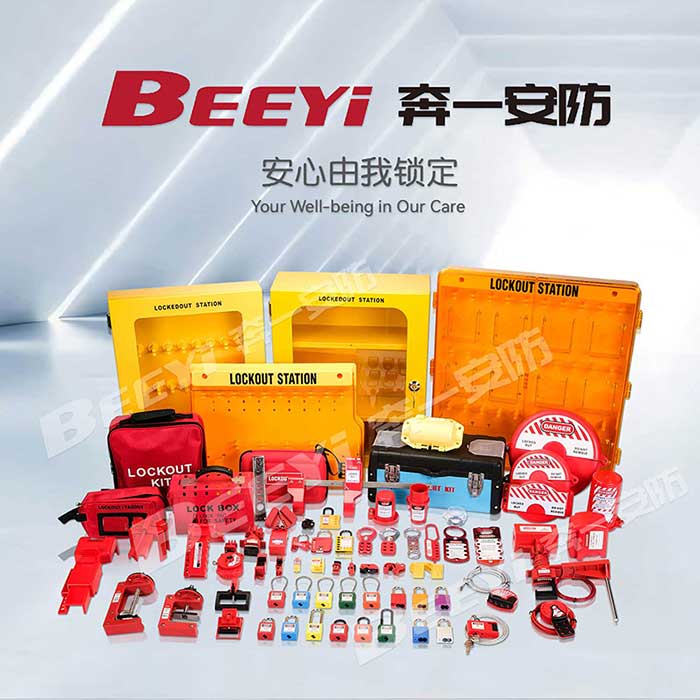The safety of workers is paramount in construction, particularly when it comes to scaffolding, which is a common part of many construction projects. Scaffolding Lockout Tags are critical tools used in the construction and industrial sectors to manage safety risks during scaffolding construction, maintenance, and deconstruction. These tags are an essential part of lockout/tagout (LOTO) safety procedures, designed to prevent unintended access or operation of scaffolding equipment and systems. This article delves into the application, benefits, and importance of Scaffolding Lockout Tags in safeguarding workers and ensuring compliance with safety regulations.

What Are Scaffolding Lockout Tags? Scaffolding Lockout Tags are brightly colored labels placed on scaffolding or equipment to indicate that the system has been locked out for maintenance, repair, or construction work. They are used to prevent unauthorized personnel from operating or interfering with the scaffolding structure while work is being carried out. The lockout process typically involves securing a physical lock or a tag that prevents machinery or equipment from being used until the work is complete and it is safe to proceed. The Role of Lockout/Tagout Procedures Lockout/tagout procedures are designed to protect workers from the unexpected release of hazardous energy while performing tasks that may expose them to danger. These procedures are part of a broader safety management system that aims to control dangerous situations, particularly when it comes to working with machinery or complex structures like scaffolding. In the context of scaffolding, the lockout process ensures that no one can inadvertently operate scaffolding equipment, such as elevators, hoists, or scaffolding lifts, while other workers are in close proximity.